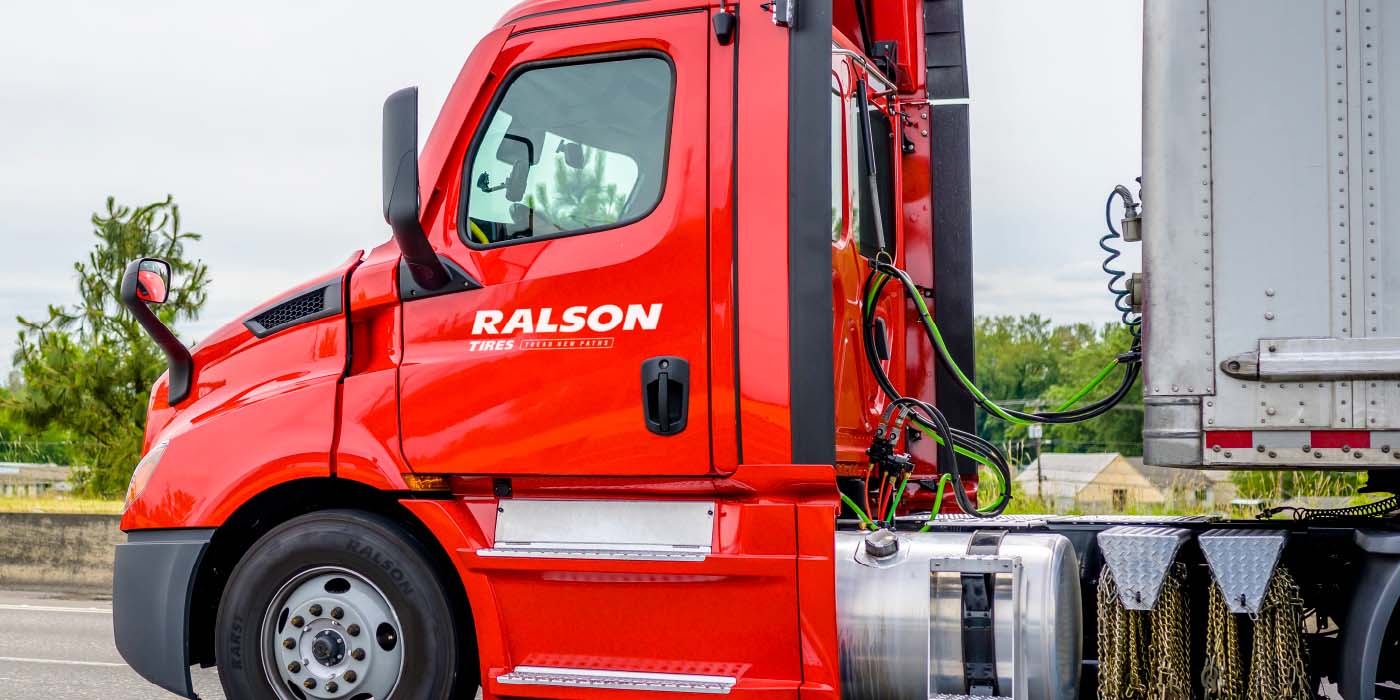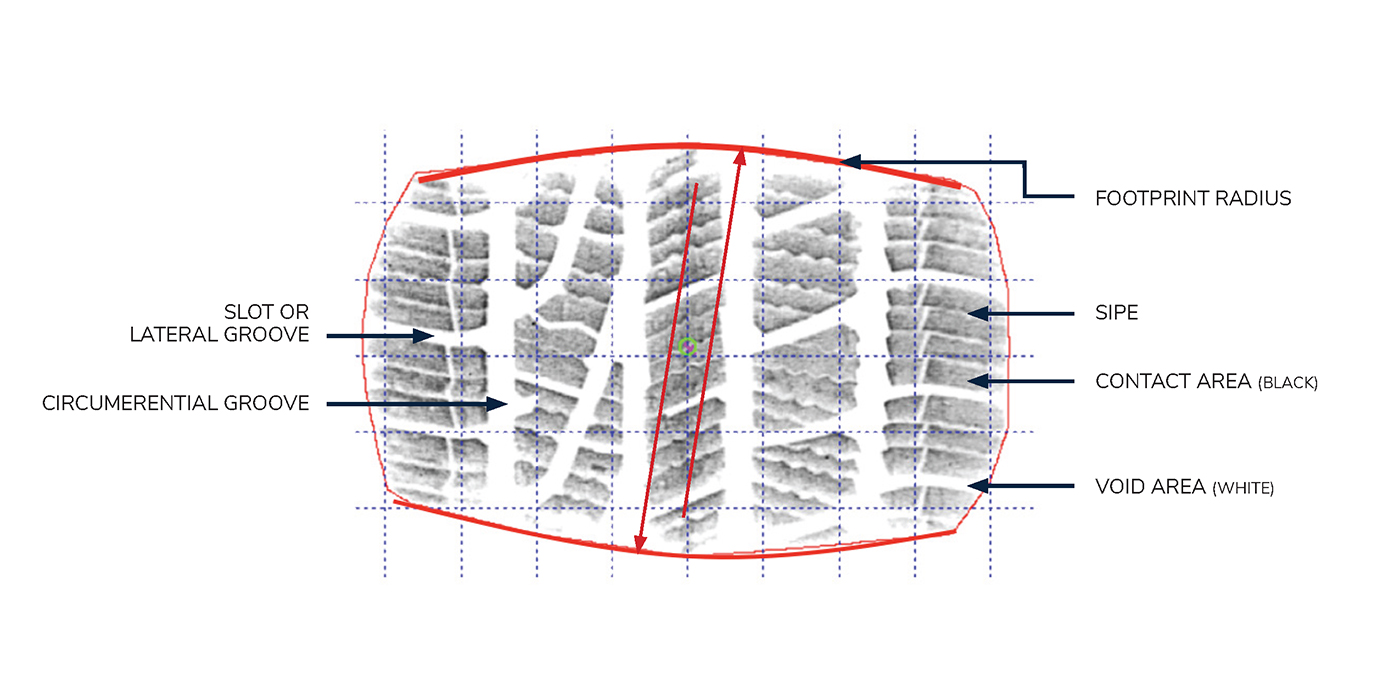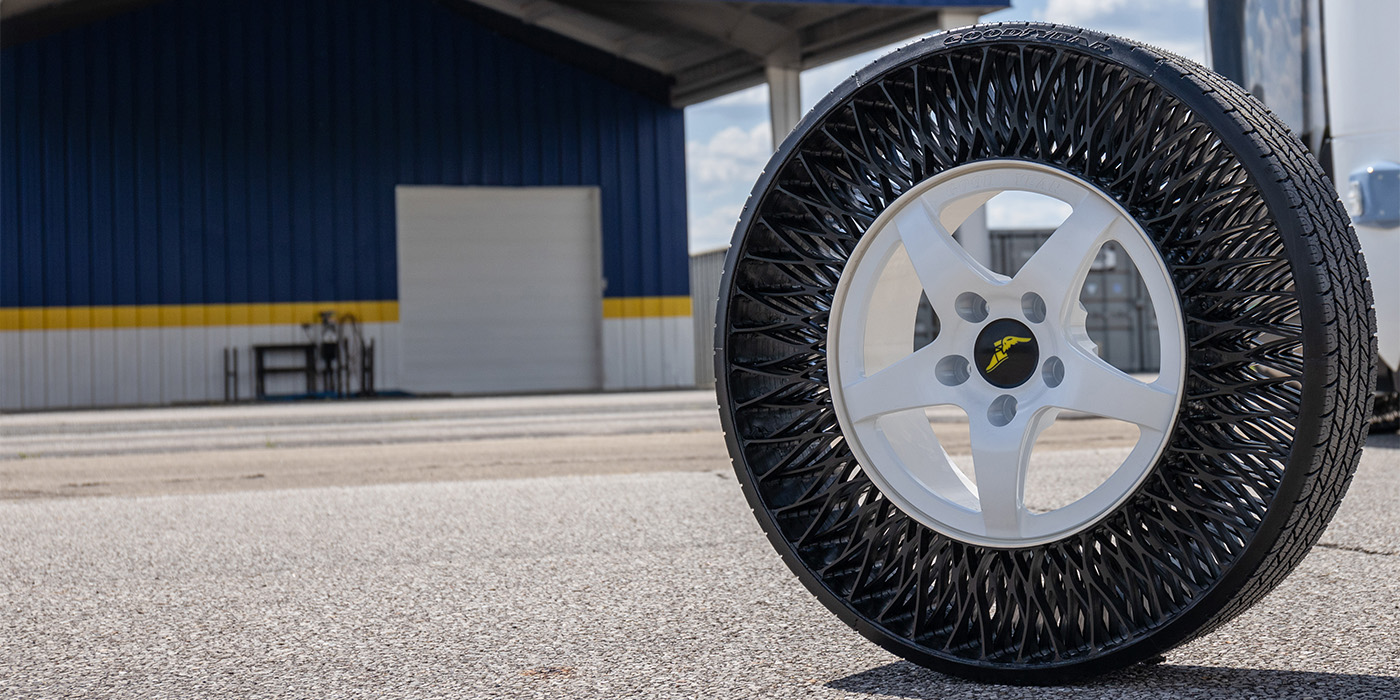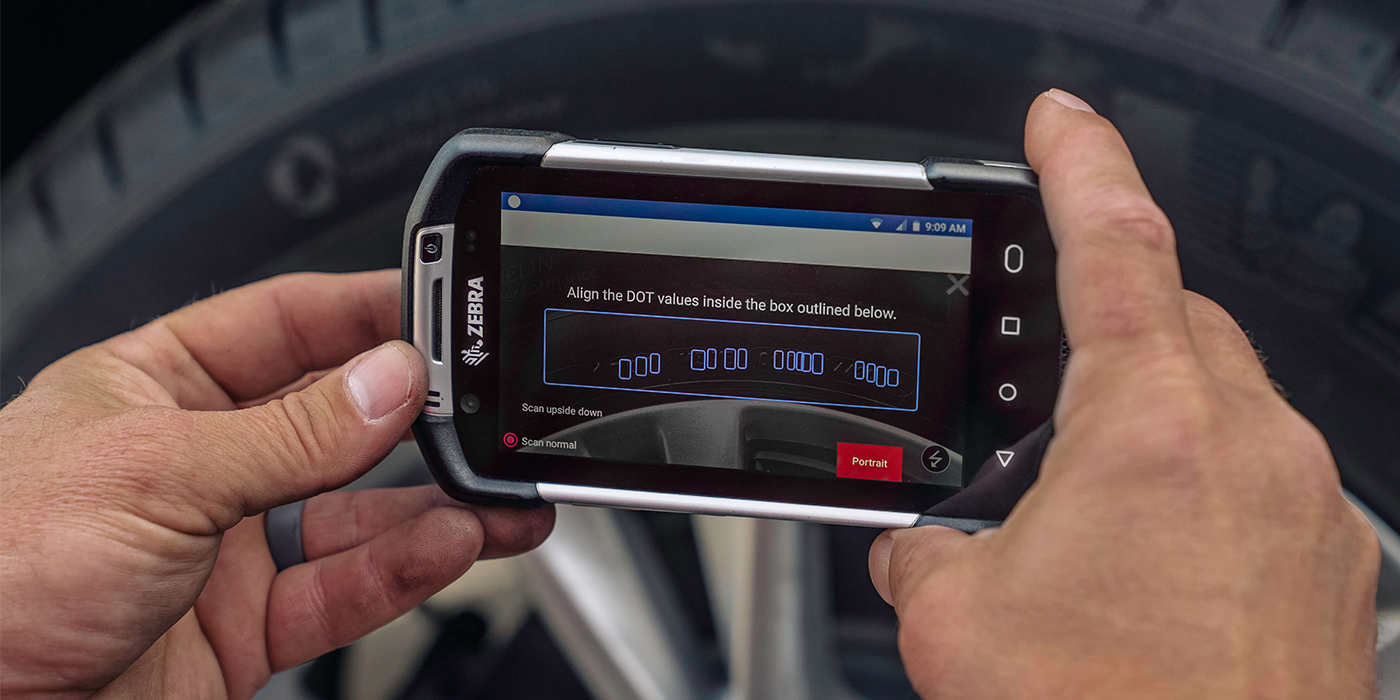It pained me to hear the news about the New Jersey State Tire Dealers Association going on hiatus.
Mergers, buyouts and a general lack of interest by independent tire dealers in the state contributed to NJSTDA president and friend of the show Al Breese informing membership that everything was going on ice for the foreseeable future.
No doubt that the recent Mavis Discount Tire acquisition of STS Tire played a roll; those were a lot of stores in that state. But no association can be built on two tire dealers, no matter how large. I know there are a lot of tire dealers in New Jersey, I just don’t know where the are right now.
Perhaps in the future the NJSTDA will restart, but that will be based on new members stepping up. And, perhaps, that will require the association reformulating itself, examine what it brings to the table and what that really means to prospective dealer members.
Too often I hear that the only things associations do are training and government relations, and too many dealers pay nothing to gain all of the benefit that tire industry associations – from TIA down to the NJSTDA – bring in those two areas….and many other benefits they don’t even consider.
State associations, in particular, have had a tough road. Over the past 15 years we have seen numerous state groups merge, most recently in California where two separate state groups – one representing NoCal and the other for dealers in SoCal combined to become AllCal.
Getting membership rolls up and active is tough. Dealers are busy as hell, as we all are. For state and national associations to remain relevant and impactful, they need to really, really, really consider what they mean to members and non-members, what they currently have to offer, and what more they can provide to an eager audience.
I say “eager” because I still believe that with the right recipe, any association can become truly a “must-join, must-contribute” venture.
Here are two pieces we have run concerning tire industry associations. Some of the names are dated, but the issues remain the same:
“What Good Are Associations?”
-May 2001
“Every man owes a part of his time and money to the business or industry in which he is engaged. No man has a moral right to withhold his support from an organization that is striving to improve conditions within his sphere.” – Theodore Roosevelt
A trade association is the essential fabric that holds an industry together, melding the commonality of businesses in which competitors and peers share a common interest.
From time to time, we need to remind ourselves that promoting the benefits of our industry associations also helps build stronger associations that continue to aggressively and diligently work for our common cause.
For some now time now I had an uneasy feeling about the future of industry associations in general and our industry’s associations in particular. Not from the standpoint of the associations’ value to the industry (which, in my mind, is incalculable), but the value people in this industry place on associations that represent the tire and retreading industry.
This year’s World ITRA Expo was smaller than last year’s – capping a attendance spiral that started many years prior. The buzz however, around the trade show and seminars was at a considerably higher level than recent years.
Which made me wonder: If these people see the benefit of participation, and are excited about what they have seen and learned, why can’t more dealers and suppliers feel that way?
And it’s not just ITRA. Total membership in the Tire Association of North America (TANA) doesn’t even reach 25% of all tire dealers in the U.S. That means that 75% of you – or more – are not members of your own national trade association. And participation in state associations remains phenomenally low.
I read a recent issue of Northwest Tire Talk, published by the Northwest Tire Dealers Association, which offered its ideas about what it means to belong to an association. It pointed out seven fundamental benefits of joining an association, which I really thought hit the mark:
• Don’t you owe it to yourself and your business to help your industry advance itself on regional, state, and national levels?
• The meetings and conventions you would attend will have a positive effect on your own business in terms of the ideas and information you’ll obtain.
• You’ll have access to publications, reports and other member products prepared with your business needs in mind.
• You’ll develop friends among members that will hopefully last a lifetime and should also offer business-related benefits.
• As your daily attention is consumed by your own day-to-day business concerns, associations continue to work behind the scene to the membership’s collective benefit.
• The cost of belonging is generally small in comparison to the many derived benefits.
• And, finally, one of the most important points is that it generally takes strength in numbers and concerted action to accomplish anything worthwhile.
These seven points are only the foundation for many other positive reasons for becoming involved in your associations.
The tire industry should be proud of its many great regional and state associations, and our national organizations – ITRA and TANA. Not to mention groups like TRIB, which supports the retreading industry, and the RMA, which represents tire manufacturers and other rubber product producers. Collectively, they have all done a great job in advancing industry causes for everyone’s benefit.
But without greater support from individuals and companies, these associations are working in a vacuum. Too often, unfortunately, we get hung up in the thick of the thin. We don’t see a direct, tangible benefit to us as individuals, so we want nothing to do with the group at-large. Yet, how many times have these associations kept our fat out of the fire – tire registration, UTQG, TREAD Act, FET changes, OSHA ergonomics rules, just to name a few.
At the annual ITRA Hall Of Fame Banquet at their World Expo, the names of past inductees like Bradley Ragan Sr., Les Schwab, Joe Kilcoyne, Ed Wagner, Pauline Chambers Yost, Harvey Brodsky, and this year’s inductee, George Bishop were easily recognizable as individuals who experienced exceptional personal and business growth from their involvement in industry associations.
You, too, could experience similar recognition one day, and you’ll assuredly gain the same level of personal and business growth from the organization of your choice. Except you have to get involved first.
“I Do. I Do.”
-February 2002
Birds do it. Bees do it. Tire companies and dealers do it. Let’s do. Let’s fall in love! And now dealer associations are doing it.
The most visible tire association nuptial, of course, is that of TANA and ITRA, now officially wed and the band’s ripping through “Daddy’s Little Girl” even as you read this.
Less apparent are recent unions between state dealer associations and non-tire automotive groups. Two mergers were recently completed, but there may be even more before long.
The Florida Independent Tire Dealers and Retreaders Association (FITDRA) merged with ASA-Florida. The “I dos” were completed Feb. 1.
Chesapeake Automotive Business Association (CABA) was formed Jan. 1 out of the union of the Maryland Tire Dealers Association (MTDA) and the Chesapeake Automotive Wholesalers Association (CAWA).
Publicly, groups say such mergers “benefit” both parties and will provide “enhanced” services to members. We have no reason to dispute that.
But one reality is that shrinking memberships and disinterested prospects have rendered state dealer groups unfeasible. And unless you’re an Enron auditor, numbers don’t lie. Prior to the merger, the FITDRA had around 200 member companies, according to Jill Mondo, its executive director. At $175 per year, member dues were generating only $35,000. MTDA had about 100 members paying $200 per year in dues, according to Honey Eckardt, executive director, earning that group just $20,000.
At the same time, say both association execs, members wanted increased services, especially training and representation at the state capital.
Remember last year when the California Tire Dealers Association-South Executive Director Ed Cohn said the group would cease to exist if members didn’t pony up for fundrasier tickets?
“Don’t think you’ll miss the association?” his facetious/serious letter to members said. “Who are you going to call when the Board of Equalization or California Integrated Waste Management Board comes calling?”
Who indeed.
In fairness, both Ms. Mondo and Ms. Eckardt claim theirs were not shotgun weddings. But both agree that the memberships they had – primarily one or two locations dealers – were not showing signs of increasing.
Time and apathy are the two big reasons dealers don’t join, said Ms. Mondo said. “Some say they don’t have the money, or don’t see the value.”
“What are you going to do for me?” is the reply Ms. Eckardt hears most often when prospecting.
Time was dealers joined associations because they felt obliged to give something back to the industry. Today, it appears to be “all about me.”
Outside forces have also taken a toll on state memberships. A week doesn’t go by that I don’t hear about some dealer getting bought out by another. Some simply close without a trace.
Marketing/buying and tire company affinity groups have also had a role, say the directors. Not that they’re bad guys, but these groups now supply many of the services – insurance, uniforms, training, equipment, card processing, check guarantee programs – that state associations delivered and relied on for operating funds.
The only things these groups can’t provide are legislation monitoring and lobbying.
Is this a new trend? Ms. Eckardt said she knows of two other state dealer groups that are considering mergers. Surely there are others.
For years, state associations have combined on trade shows, training and services, leveraging size for better attendance and exhibitor participation. Don’t be surprised if this courting doesn’t become more permanent.
Is there anything wrong with dealer groups merging with allied automotive organizations? Not really. You can’t argue with strength in numbers, and if the only way interested dealers can benefit is via such arranged marriages, then so be it. The only ones left standing at the alter are the pure commercial dealers, who may not feel a car-oriented group is in their best interest.
These are marriages of practicality, not bonds of love. Like older couples who marry for companionship and security, not starry-eyed passion.
The combined Florida group now has some 500 members, and CABA is around 300 strong. More importantly, both now have larger prospect bases from which to build.
Sadly, though, is that unless there is a change in attitude, few of their new members will be tire dealers.














